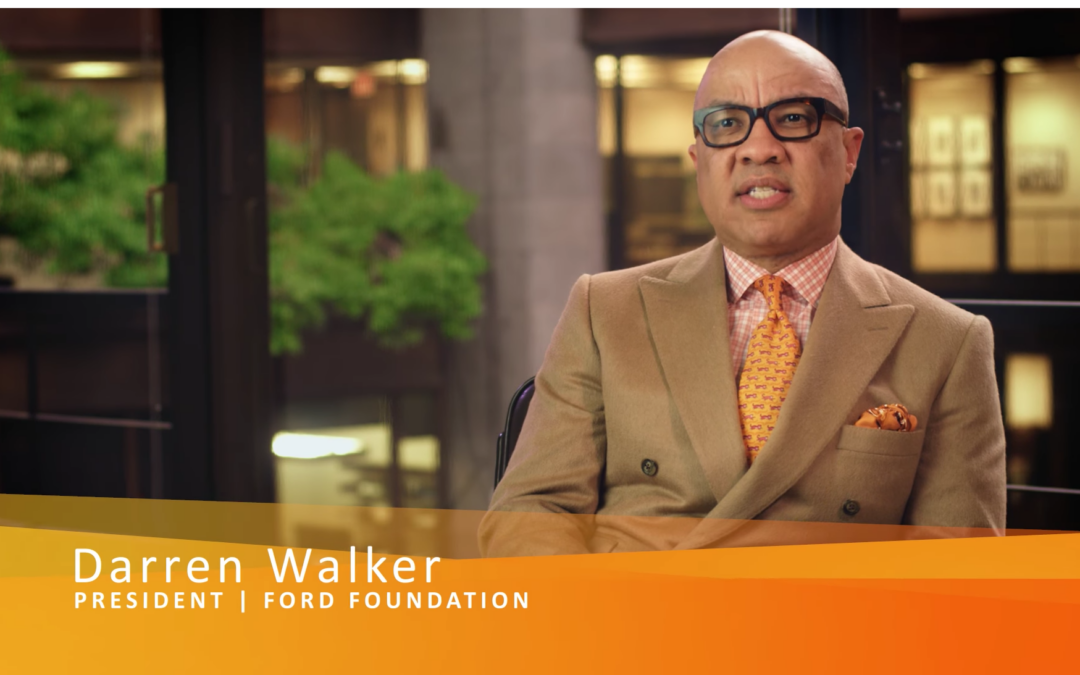In my last post, I talked about the constructive feedback regarding the quality and utility of the Grantee Perception Report (GPR) that we heard through our 2012 third-party surveys of GPR users. One major thrust of our improvement process focused on an overhaul of the comparative data format of the Grantee Perception Report itself. The complexity of our data presentation was feedback we’ve heard before, but never quite as forcefully. We’d tried some other changes in the past and had been frustrated by our inability to find a new report format that met our standards for rigor while still including the many pieces of critical data we have—field-wide comparative data, results over time, and results segmented by critical areas of a foundation’s work, like program area.
But there’s nothing like some very pointed feedback to redouble one’s efforts. In addition to our internal efforts and the insights from the survey of GPR users, we worked with BeehiveMedia—an innovative firm specializing in design and web solutions for thought leadership, research, advocacy, and knowledge management.
I think we’re there.
The clients with whom we’ve shared the new formats think it’s an improvement, one that clearly conveys the rigor and breadth of grantee feedback data. Here it is:

In addition to this new format for our charts, we’ve refreshed the rest of the report too. We’ve added clearer and more synthesized narrative findings. CEP’s research and case study findings are more cleanly integrated. And we’re adding even more direct recommendations rooted in the data.
We will be releasing the new and improved GPR in spring 2013. And we’ll be moving toward an online report delivery format for 2014 that will allow GPR and other CEP tool users to dynamically choose segments, cohort, and trend data they’d most like to see in their GPRs.
We also heard that users wanted deeper and more customized analysis of their reports. So we’ve updated our survey methodology to the latest technology, allowing us to tag grantee responses with foundation-provided information about those grants while continuing to maintain the confidentiality of grantee responses. We’ll be able to analyze the GPR data by aspects of the data that might be invisible to grantees, but important to funders.
Even with these many improvements, the cost of GPR will stay constant for 2013. Providing the best value possible is one of our top priorities, and we will continue to seek technological and process improvements to keep GPR costs as low as possible, while simultaneously improving the quality and rigor of the tool.
Lastly, to maintain momentum and to push for further improvements, we’ve created a Client Experience Team that will regularly examine how we engage with Assessment Tool subscribers. The team will work to ensure that we are providing clients with the most helpful, informative, and actionable engagements possible.
These were changes we needed to make to help serve the funders we work with. I believe there are both moral and effectiveness arguments for funders seeking out rigorous, candid, actionable feedback from grantees. Thinking back to the first GPR we did for The Rhode Island Foundation, I can point to the changes they’ve made that I believe make a difference in their impact. They’re doing hard work on the ground in their communities every day. If we weren’t working just as hard to improve our work, we wouldn’t be holding up our end of the bargain.
More broadly, I’m deeply appreciative of the hard work of the funders we’ve worked with. Their bold missions to improve our world are inspiring. At first I was surprised when I found personal connections to the work of nearly every funder we worked with. Now I look forward to it. Their work really matters to me.
Thanks for ten years of productive use of the GPR. And thanks for the recent feedback to help us improve our work. If you have other suggestions about how to improve the utility of the GPR, you can always reach out to me: kevinb@cep.org
I look forward to working with many of you in the months and years to come.
Kevin Bolduc is Vice President of Assessment Tools at the Center for Effective Philanthropy. You can find him on Twitter @kmbolduc. Thanks to CEP Manager Amber Bradley—who leads our GPR process—for contributing to this blog post.


